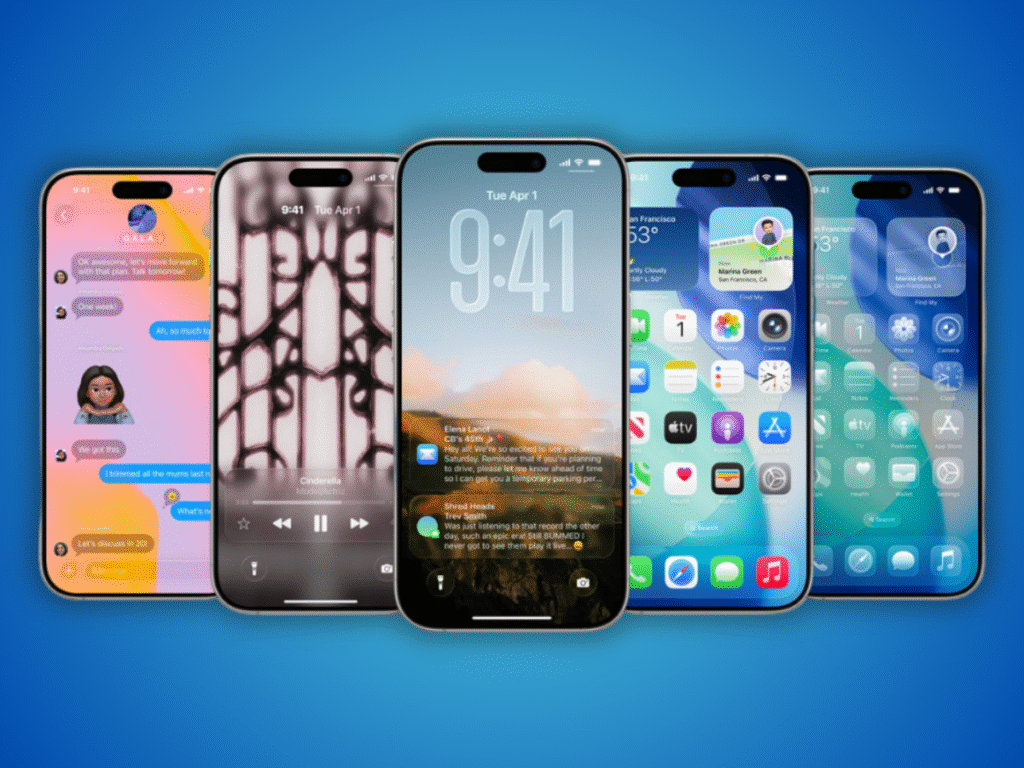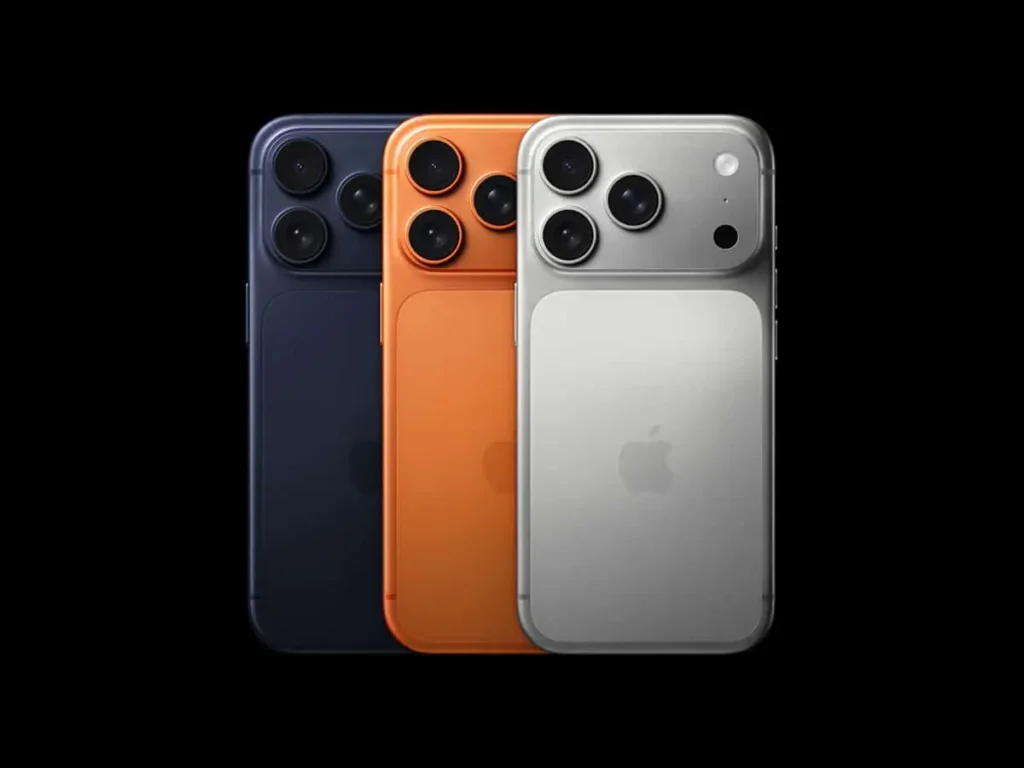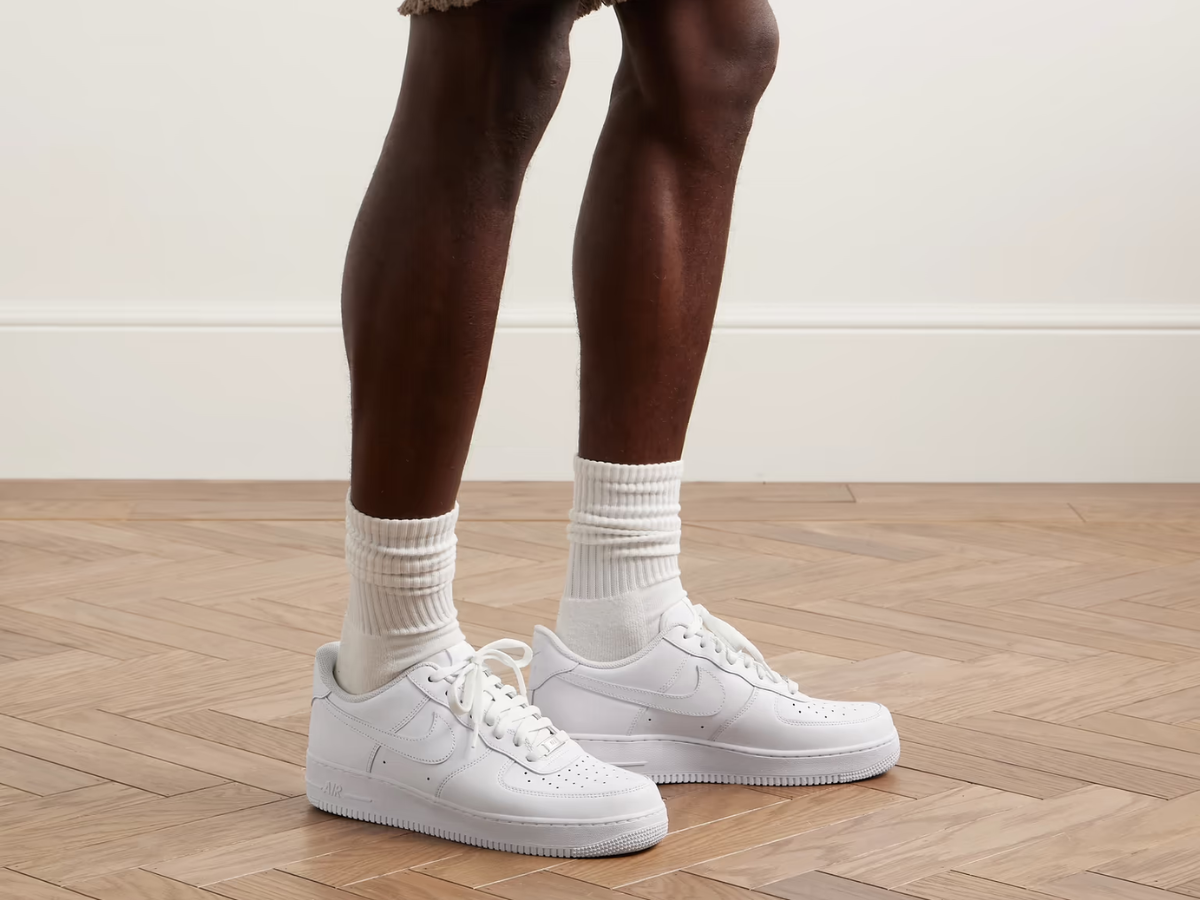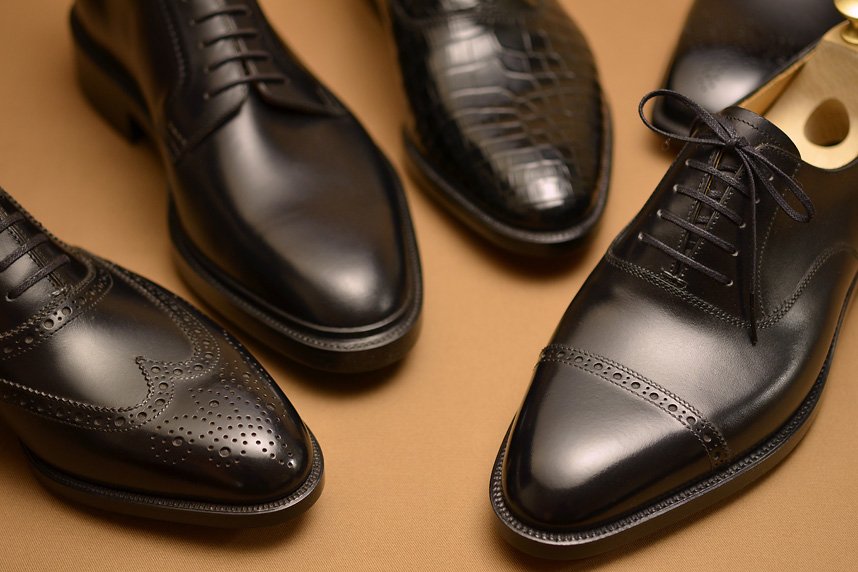It’s very challenging to see another competitor brand show up and compete in the smartphone market, especially when every smartphone starts to look like a clone of the last. Nothing has made a bold move. This UK-based brand didn’t just show up with another glass-and-metal rectangle — it brought attitude. With a transparent back, blinking lights, and a minimalist design philosophy, the Nothing Phone (2) set out to prove that new ideas still have a place in tech. And against all odds, it caught people’s attention.
The company hasn’t been standing still either. While the Phone (2) still maintains its position, Nothing is already preparing for what’s next. The Nothing Phone (3a) and the Nothing Phone (3a) Pro are just around the corner, promising refined designs and new features. However, before we dive into what’s coming, it’s worth taking a closer look at the device that helped get them here — and determining if the Phone (2) still holds its own a year and a half later.
Highlights:
- Transparent backplate and Glyph Interface
- Long battery life, sharp OLED display, and Wi-Fi 6.
- Custom widgets and pop-ups highlight Nothing’s innovative spirit despite some experimental aspects.
- The Nothing Phone (3a) and Phone (3) Pro will be Dropped Eventually.

If there’s one thing the Phone (2) nails, it’s making a statement. It’s a sizable phone at 6.7 inches, no doubt about it, but the Glyph Interface, the Nothing OS widgets, and the smooth feel in the hand help it stand out among a sea of safe choices. That said, while the custom software features — like pop-up app windows — sound cutting-edge, in day-to-day use they can sometimes feel more like experiments than necessities. Still, credit where it’s due: few brands are even making the effort.
Living with the Phone (2) is generally a smooth ride, but it has its flaws. It handles the basics really well: battery life is reliable, the display is stunning, and audio quality is impressive during streaming or gaming. However, if you’re expecting flawless performance throughout, the Phone (2) may fall short in some areas. It’s nearly there — exceptionally close — yet, at times, the aspirations seem slightly ahead of the actual performance.
Performance is more than good enough for the majority. The Snapdragon 8+ Gen 1 effectively handles tasks, with apps launching swiftly and multitasking flowing smoothly. However, when Nothing embraces its more unconventional concepts, it can occasionally feel off-balance. Certain features seem to be evolving towards their potential. Nevertheless, if you’re interested in owning a distinctive device — one that stands out from typical brand offerings — this phone offers considerable appeal.
Bottom line? The Nothing Phone (2) shows that design still matters, and that mid-range phones can be exciting. While it has its flaws, it stands out as more captivating than 90% of current options. With the upcoming release of the Phone (3a) and 3a Pro, it appears that Nothing is learning, tweaking, and preparing for an even bigger impact. If you want something innovative — and don’t mind some initial challenges — the Nothing Phone (2) remains a wise choice.

When it comes to looks, the Nothing Phone (2) doesn’t hold back. It’s available in two clean colour options: White and Dark Grey. Both finishes beautifully showcase the transparent back, but honestly, the White version feels the most “Nothing” — bold, futuristic, and proudly unique. The Dark Grey, on the other hand, offers the phone a more understated, stealthy vibe if you prefer something less flashy.
The materials are premium across the board. You’re getting Gorilla Glass front and back, with an aluminum frame sandwiched between. This setup is usually only found on proper flagships, and it gives the Phone (2) a solid, confident feel in the hand. Even after a few months of use, it holds up really well against fingerprints and minor scuffs, which is impressive given how exposed the design looks.
The finish is where the Nothing Phone (2) truly showcases its personality. The transparent back isn’t just a gimmick — you can actually see the design elements beneath it, from the wireless charging coil to the modular Glyph Interface. It feels deliberate, sharp, and refreshing. While other brands pursue glossy backs or fake leather textures, Nothing proves that showing the raw components of your phone can actually look better — and way more interesting, in my opinion.
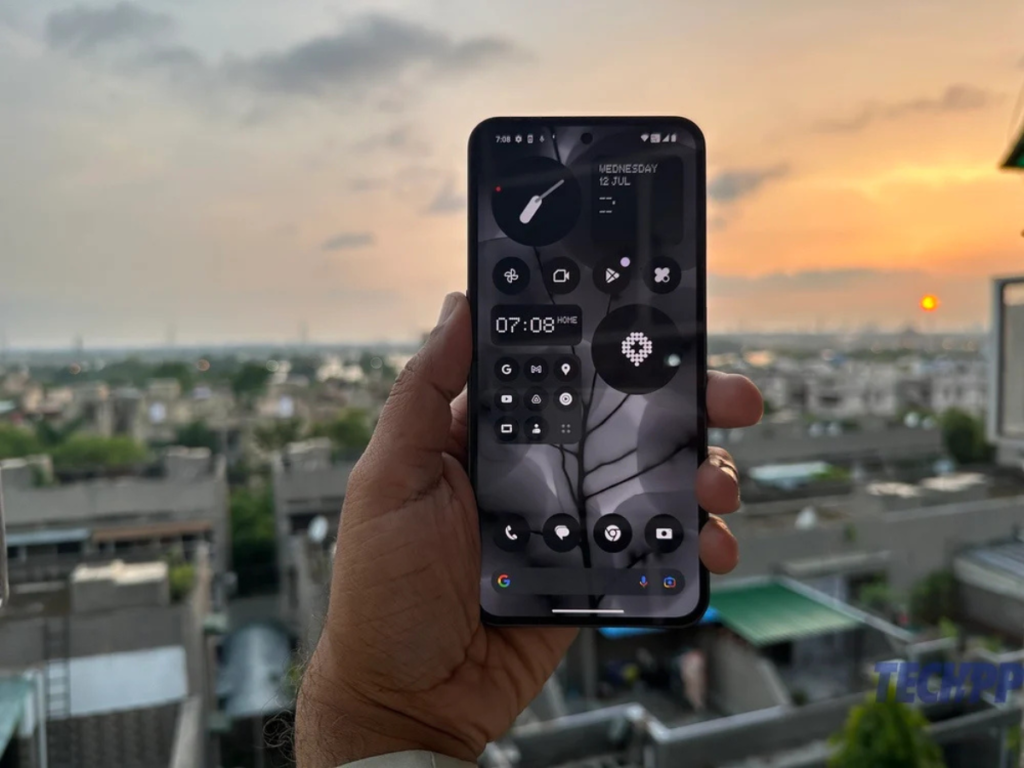
The Nothing Phone (2) isn’t just about bold looks — it backs this up with features that genuinely make a difference day-to-day. First, let’s talk about the battery life. With a 4,700mAh battery, you can easily get through a full day of heavy use. Even with the screen set to 120Hz, it remains efficient, providing you with around 6–7 hours of screen-on time. Plus, fast wired charging takes you to 50% in about 25 minutes, while wireless charging and reverse wireless charging complete a hassle-free setup.
The dual 50MP camera system keeps things refreshingly simple. Shots in good lighting look sharp and vibrant, and the ultra-wide lens stays impressively consistent with the main sensor. Low-light photos are fine — they won’t top a Pixel or an iPhone Pro, but for social media, everyday snaps, and travel pics, the Phone (2) holds its ground comfortably without trying to overpromise.
Durability is where Nothing covers the essentials without overhyping it. The IP54 rating means the Phone (2) withstands dust and splashes. It’s safe from rain, sweat, and spills, but don’t dunk it underwater. It offers practical protection without extra weight or bulk. Unlocking your phone feels seamless. The under-display fingerprint sensor is quick and reliable, while Face Unlock provides a convenient backup. It’s fast enough to feel invisible but remember that Face Unlock is software-based — suitable for convenience, not secure transactions like payments.
Audio quality? Surprisingly solid. The stereo speakers are clear, balanced, and loud enough to handle movies, podcasts, and quick Spotify sessions without distortion. While it may not replace a high-quality Bluetooth speaker, it is more than good enough for everyday listening. Wireless audio also improves with support for high-quality codecs like aptX and LDAC, making it a great choice for anyone who enjoys music on the go.
Of course, the Glyph Interface may initially seem gimmicky, but it becomes more valuable over time. From call and notification alerts to charging indicators and visual timers, it turns the phone back into an information hub. It adds personality, whether you keep it simple or go all-in with customizations.
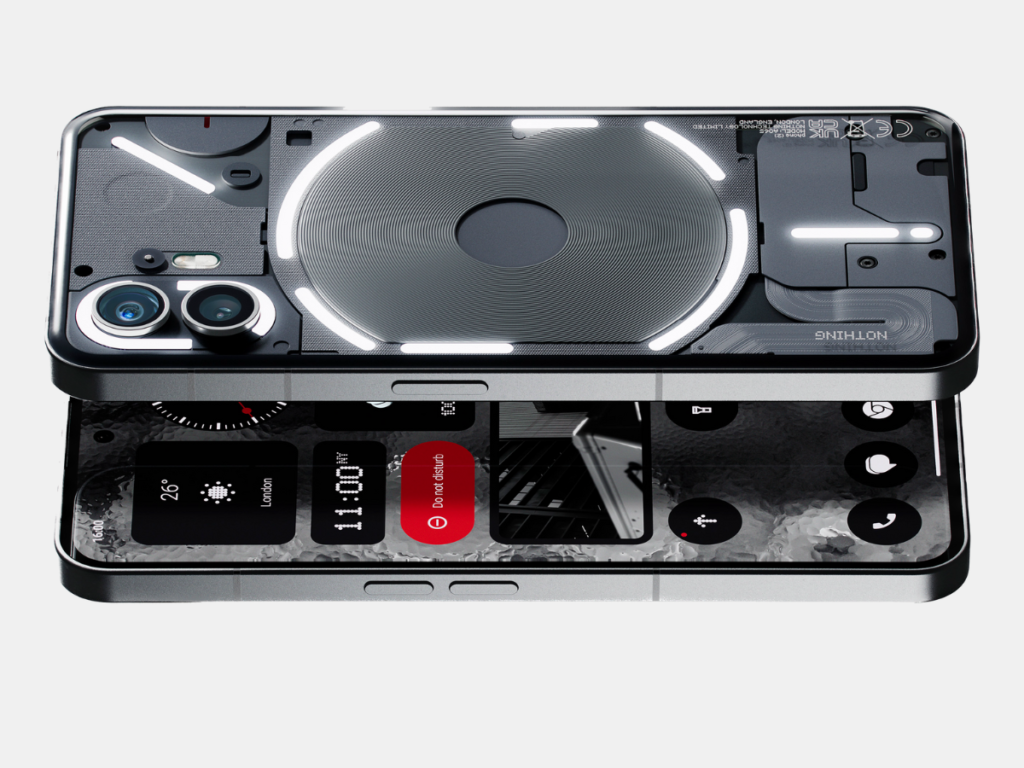
The Nothing OS 2.5 software experience is clean, lightweight, and smooth most of the time, but it isn’t perfect either. Some features, like the floating pop-up app windows, feel a little underdeveloped — great ideas on paper that don’t always translate well in real-world use. The custom widgets, while visually sharp and aligned with the brand’s aesthetic, sometimes lack deeper functionality compared to what you’d find on more mature platforms like Pixel’s At a Glance or Samsung’s One UI widgets.
Updates have been fairly steady, which is a huge positive for a young brand like Nothing. However, early users and real-world testers have noted that major updates occasionally bring minor bugs along for the ride — such as random app crashes, slight input lag, or glitchy animations that can disrupt the otherwise smooth experience. While these issues are not massive, if you’re coming from a Pixel or Galaxy, where the software polish is nearly flawless, you’ll notice the difference.
Another factor to consider is third-party accessory support. Because Nothing is still a smaller player, you won’t find the same wide variety of cases, screen protectors, or third-party add-ons that you’re used to seeing with bigger brands. If you enjoy switching cases frequently or need rugged accessories for extra protection, your options will be more limited. It’s not a dealbreaker by any means — and to be fair, Nothing’s official accessories are solid — but it’s something to keep in mind if personalization or protection are top priorities for you.
At the end of the day, Nothing OS 2.5 shows a lot of promise and continues to improve, but it’s not quite as reliable as the software offerings from brands that have been refining Android for a decade or more. It’s fresh, fast, and unique — which can be invigorating — but it comes with a few minor trade-offs that you’ll want to consider before diving in.
The Nothing Phone (2) isn’t trying to be the fastest or flashiest phone on the market — and that’s exactly what makes it stand out. It’s a bold blend of design, personality, and smart everyday features that diverge from the same old formula everyone else follows. Sure, there are a few trade-offs — the camera struggles a bit at night, the software has minor rough edges, and the Glyph lights may not appeal to everyone. But for a starting price of around USD $699, you’re getting a phone that feels fresh, looks different, and still nails the basics like battery life, performance, and build quality. It serves as a reminder that a smartphone can retain character without sacrificing practicality — and if that sounds like your kind of phone, this one is well worth a serious look.



